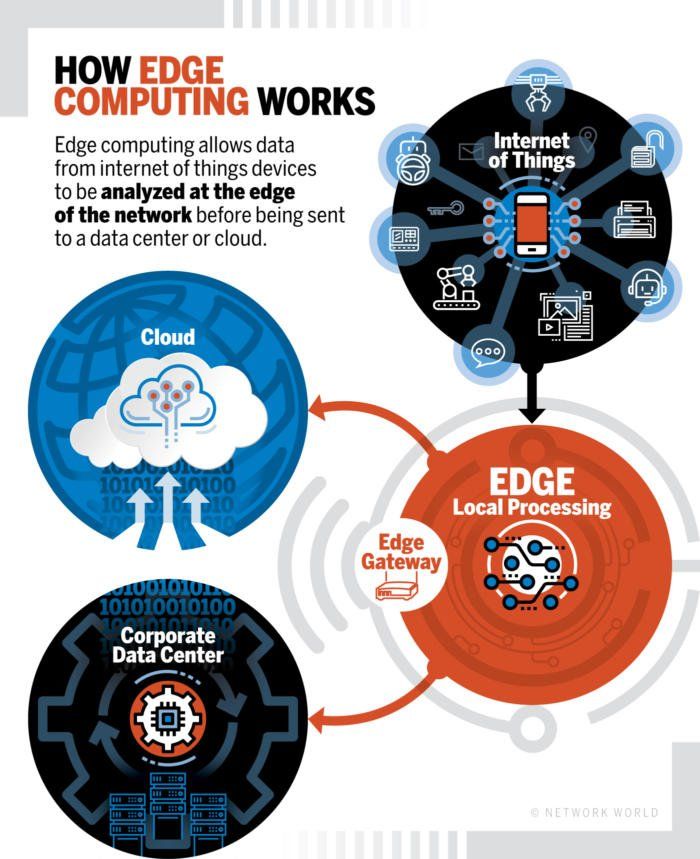New Year, New Trends
The Cannon Houston • January 15, 2019
New Year, New Trends
Elliot Franshaw, The Cannon
As we settle into the swing of 2019, let’s take a quick look over our shoulder before a lasting look ahead! Facebook fell, Fortnight flew, and 2018 is in the books. As the tax code changes, the stock market revels in a forgettable year, and the government remains shutdown, what can we expect from 2019? Here are a few trends and trials to expect from the new year.
Moving Money
With the rise of Venmo, Cash App, and Zelle, change is upon the banking industry. Brick and mortars are dying, bank cafe’s popping up, and banks are looking for ways to remain relevant to their end users. Industry experts such as Alexon Bell sense a “massive disruption in how you can make payments.” Says Bell, “Big players such as Google, Facebook, and Amazon will start thinking about offering their own payment services, which will likely trigger the need for their own regulations.” Bell is right – more people than ever are moving money online, from trading options to paying for lunch. Yes, more mobile users means an impending industry change, but it also means more risk.

Safety First
As more people bank, barter, and buy online, experts expect cyberattacks to duly increase. According to OneSpan, 80% of financial institutions’ customers bank online. 50% of those customers bank via their mobile devices, and that number is growing rapidly. Regulators are racing to catch up with the issues mobile banking presents, as hackers lick their chops at the new opportunities for insidious financial gain. The world is watching their data very carefully right now while still reeling from the Facebook/Cambridge Analytica scandal, but while you’re watching that information don’t forget to remain vigilant of the vulnerabilities in mobile money.
Edge Computing
IoT continues to grow at unprecedented rates across nearly every industry, demanding more computing power every minute. In order to consistently and reliably power the rising number of applications running on IoT, users will rely more and more on edge computing. Edge computing is the infrastructure that IoT needs in order to handle millions of devices and end users endlessly transmitting and receiving massive amounts of data. Running all this data on servers or clouds bogs the network down with inefficiencies, but edge computing reduces those inefficiencies and enhances speed by working as closely as possible to IoT devices. This decentralized computing will continue to grow in popularity as demand from IoT networks skyrockets.












